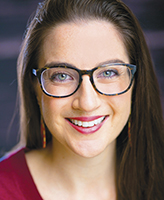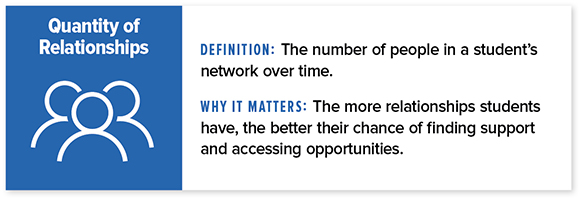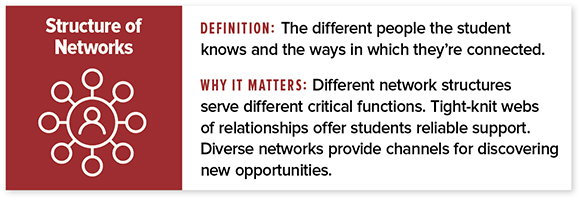The Road to Recovery Is Paved With Relationships
February 01, 2022
Five steps educators can take to catalyze connections for students within and beyond school

Schools this year are facing not just steep academic challenges but also social ones. Fostering connections after an extended period of social isolation lends new urgency to the old adage that relationships matter.
Looking ahead, however, “relationships
matter” must go far beyond a familiar slogan and rise to a strategic priority. Social connections too often are left to chance and remain unequally distributed. It’s overdue for the science of fostering positive, diverse and lasting relationships
to become part of a bolder innovation agenda across K–12 education.
This Content is Exclusive to Members
AASA Member? Login to Access the Full Resource
Not a Member? Join Now | Learn More About Membership
About the Authors
Julia Freeland Fisher is the director of education research at the Clayton Christensen Institute in Lexington, Mass. She is the author of Who You Know: Unlocking Innovations That Expand Students’ Networks.
Mahnaz Charania is a senior research fellow at the Christensen Institute.
Measuring Access to Networks




All students already possess social capital. They arrive at school with networks, and in the course of learning and serving students, schools and institutions contribute to those networks.
However, slim but troubling data suggest that students’
access to relationships is not equally distributed and that not all relationships are supporting development and opportunity at an equal rate. A wide range of factors, including race, family income and parental education level, can impact the size
and scope of students’ networks and the resources those net-works can offer.
By taking a purposeful approach to measurement, schools and institutions can ensure all students feel supported and engaged on their education journey and
graduate with the skills and networks that drive success.
Schools and institutions that are starting to prioritize students’ social capital rarely use a single metric to gauge how students access and experience relationships. Instead,
these K–12 and postsecondary programs are capturing data across four interrelated dimensions.
Each design step of the Clayton Christensen Institute’s playbook offers meaningful metrics that a school or district can adapt to
ensure all students receive support and resources in the way they need.
Advertisement
Advertisement
Advertisement
Advertisement



